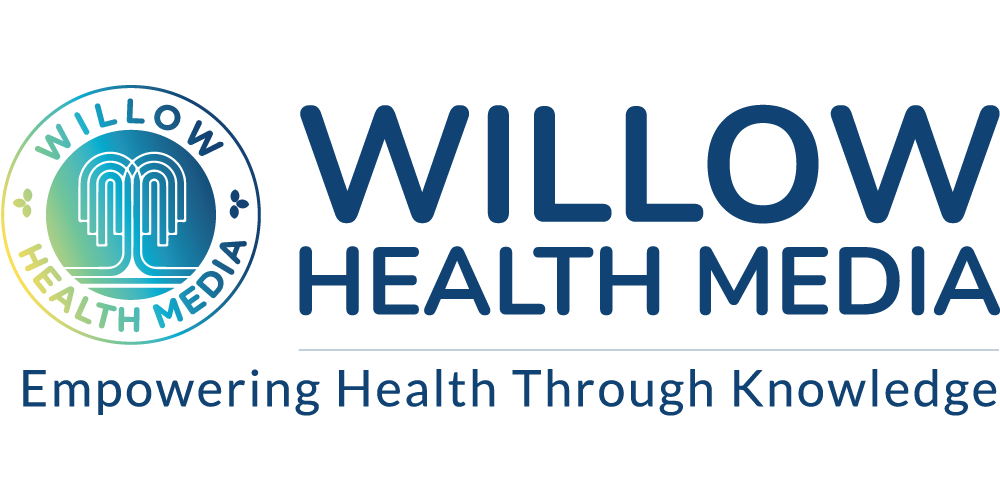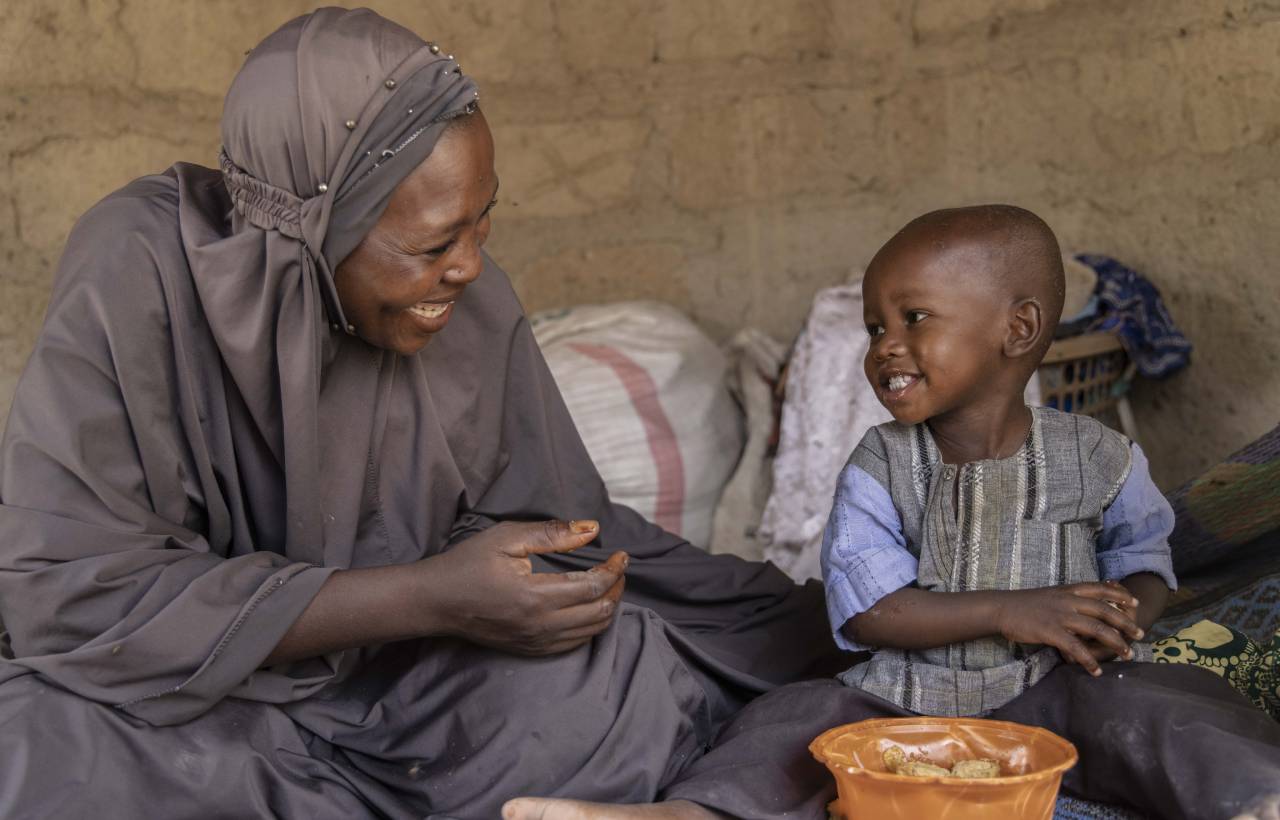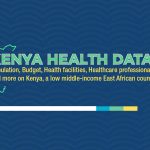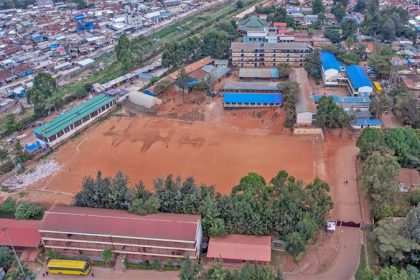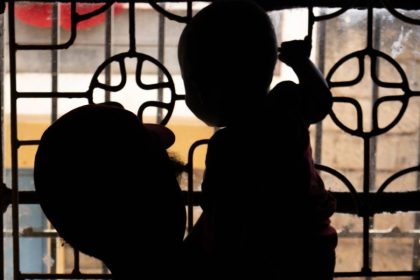Studies show that people who went hungry as kids earn less over their lifetimes and are less likely to escape poverty
The world has been called upon to jumpstart another golden era for health by recommitting to invest in crucial vaccines and medicines, work that drove positive global health progress in the early 2000s.
The Child Nutrition Fund, supported by the United Nations Children’s Fund (UNICEF) and the Bill and Melinda Gates Foundation, is seen as the golden goose that will address the issue of malnutrition—both poor nutrition and overnutrition. Its target is to reach 350 million children and women in 23 countries with the highest proportion of children under five years old with wasting.
“Without resources and extensible plans for implementation behind them, they would be little more than good ideas,” indicated Bill Gates, co-chair of the Bill and Melinda Gates Foundation in the 2024 Goalkeepers Report.
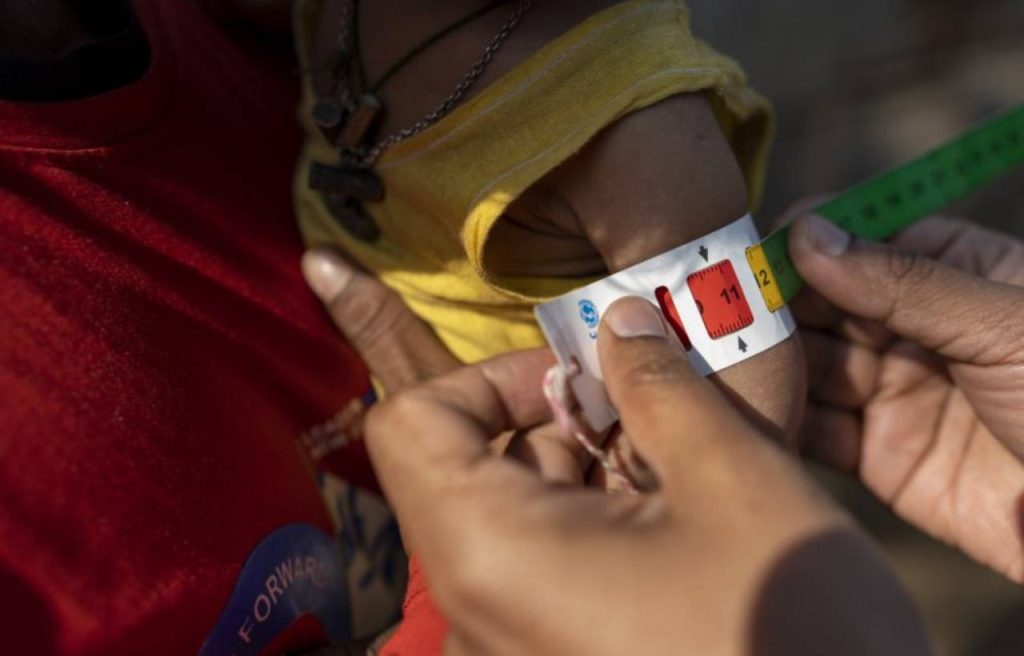
Anita Zaidi, a paediatrician and the President of the Gender Equality Division at the Gates Foundation, notes that significant progress had been made in reducing child mortality from 10 million to five million children per year, but that progress has since slowed down. Maternal malnutrition, she says, is a major challenge in Africa affecting newborn health, particularly low birth weight, leading to higher childhood mortality.
“The Goalkeepers Report highlights that malnutrition is not gender-neutral. Women and girls often eat last, and when resources are limited, their nutrition suffers the most, which directly impacts their children’s nutrition,” she says.
Interventions addressing global child health have had life-saving potential as seen by the reduction of under-5 mortality rate from 76 to 36 per 1,000 live births, and from 36.6 to 17 per 1,000 live births for neonatal deaths.
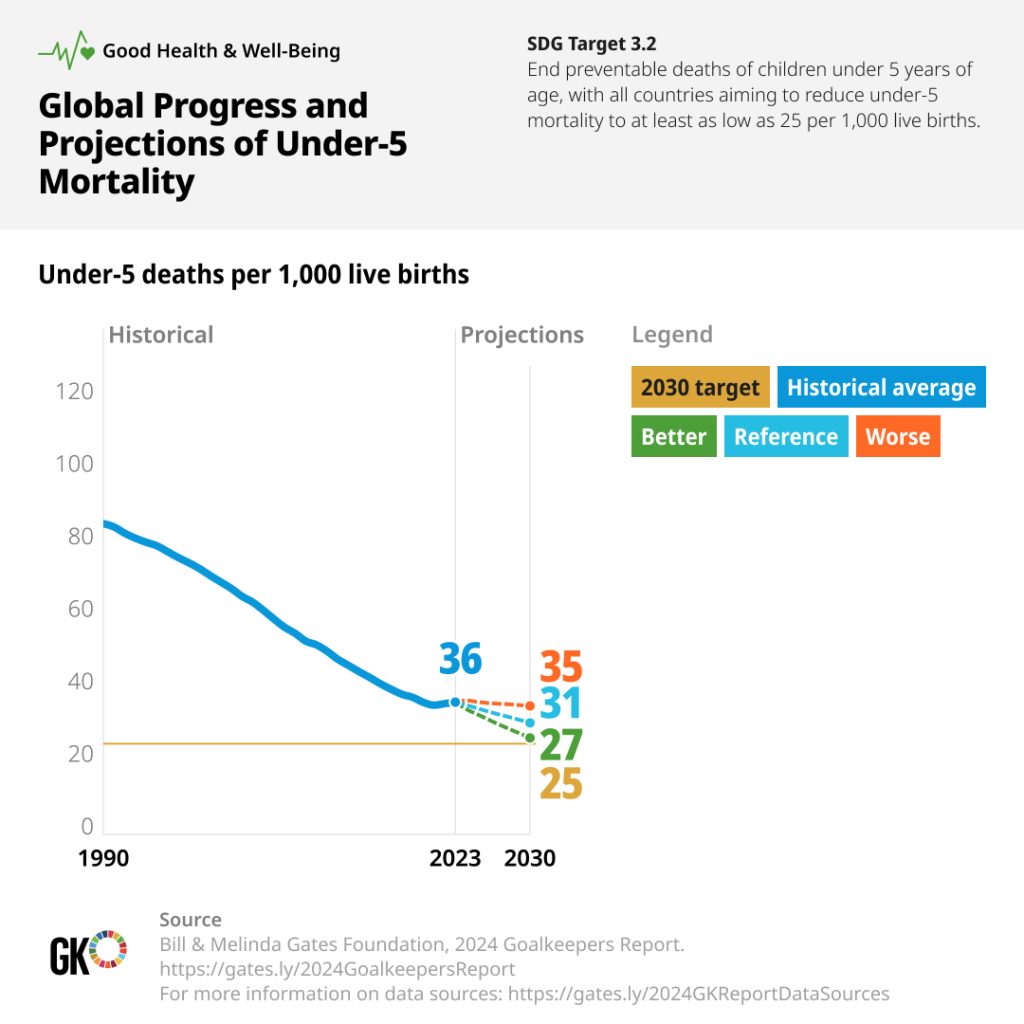
The Gates Foundation worked with UNICEF and other partners to launch the Child Nutrition Fund as a new financing means “to bring innovative solutions to life and transform the way the world addresses child malnutrition,” states the report.
Since its launch in 2022, the Gates Foundation has committed $70 million as a founding donor. So far, it has secured $270 million against its target of $2 billion by 2030. It has matched at least $16 million in domestic resources from several countries including Kenya. By matching national governments, the Fund seeks to raise $1.5 billion in domestic financing.
Dr Victor Aguayo, Director of Child Nutrition and Development at UNICEF, notes that “this strategy has created a boom to address some nutrition challenges but has also left critical areas of work inevitably neglected, particularly those related to the early prevention of malnutrition among the most vulnerable children: the youngest, the poorest, and those left behind by socio-economic inequities.”
Before the Child Nutrition Fund, there was no dedicated platform to coordinate efforts to address child malnutrition, encourage domestic funding, or support local production of the nutrient-rich foods and food supplements children need most.
Bill Gates says the world must invest in global health as malnutrition is the worst child health crisis, now worsened by climate change.
“Countries that understand the importance of nutrition are taking action,” says Anita. “At the Gates Foundation, we help governments see how investing in maternal and child nutrition can improve overall health outcomes.”

She cites funding research on prenatal vitamins and “instead of just iron and folic acid, we recommend multiple micronutrient supplements (MMS), which include 15 vitamins and minerals. These reduce the risk of low birth weight by 12% and preterm birth by 10%.”
While the MMS costs $2 (Ksh240) per pregnant woman, many African countries, however, struggle with a tight fiscal space due to many other demands and they end up servicing debt rather than spending on health and nutrition.
Bill Gates notes that since 2000, “the world’s wealthiest countries began steadily increasing their funding to supplement low-income countries as they increased their own investments in health; and steady funding to organisations like GAVI, the Vaccine Alliance and the Global Fund to fight TB, HIV and malaria enabled the improvement of the health indicators.”
This aid has shrunk over time, from 40% to 25% with the worst time being during the Covid-19 pandemic.
“By 2020, wealthy countries were spending less than one-quarter of one per cent (0.0025%) of their budgets on aid which is an average of $10.47 on health per person in the poorest countries,” notes Gates. “But that $10.47 made a remarkable difference.”
The post-Covid-19 period saw an increase in the number of poor people, especially in sub-Saharan Africa where children are most vulnerable.
UNICEF released its first report on child food poverty where two-thirds of the world’s children – more than 400 million — are not getting enough nutrients to grow and thrive, putting them at higher risk for malnutrition.
In 2023, the WHO estimated that 148 million children experienced stunting, and 45 million children experienced wasting – the most severe forms of chronic and acute malnutrition which prevents them from growing to their full potential – and, in the worst cases, from growing up at all.
Climate change worsening child malnutrition
Climate change is yet another major issue that threatens the resolution of malnutrition. Malnutrition, which means bad (mal) nutrition, is in several forms; one is where children are visibly starving, and another is ‘hidden hunger’ where children are not getting the right nutrients that they need.
A report from the Institute for Health Metrics and Evaluation warns that “Between 2024 and 2050, climate change will mean 40 million additional children will be stunted, and 28 million additional children will be wasted.”
Anita believes that increasing yields from crops enables women to have income they can use to buy more nutritious food and “most smallholder farmers in Africa are women, and they grow food for their families,” she says. “Providing them with the best information on what to grow, especially in the face of climate change, and giving them access to the right seeds and tools is vital.”
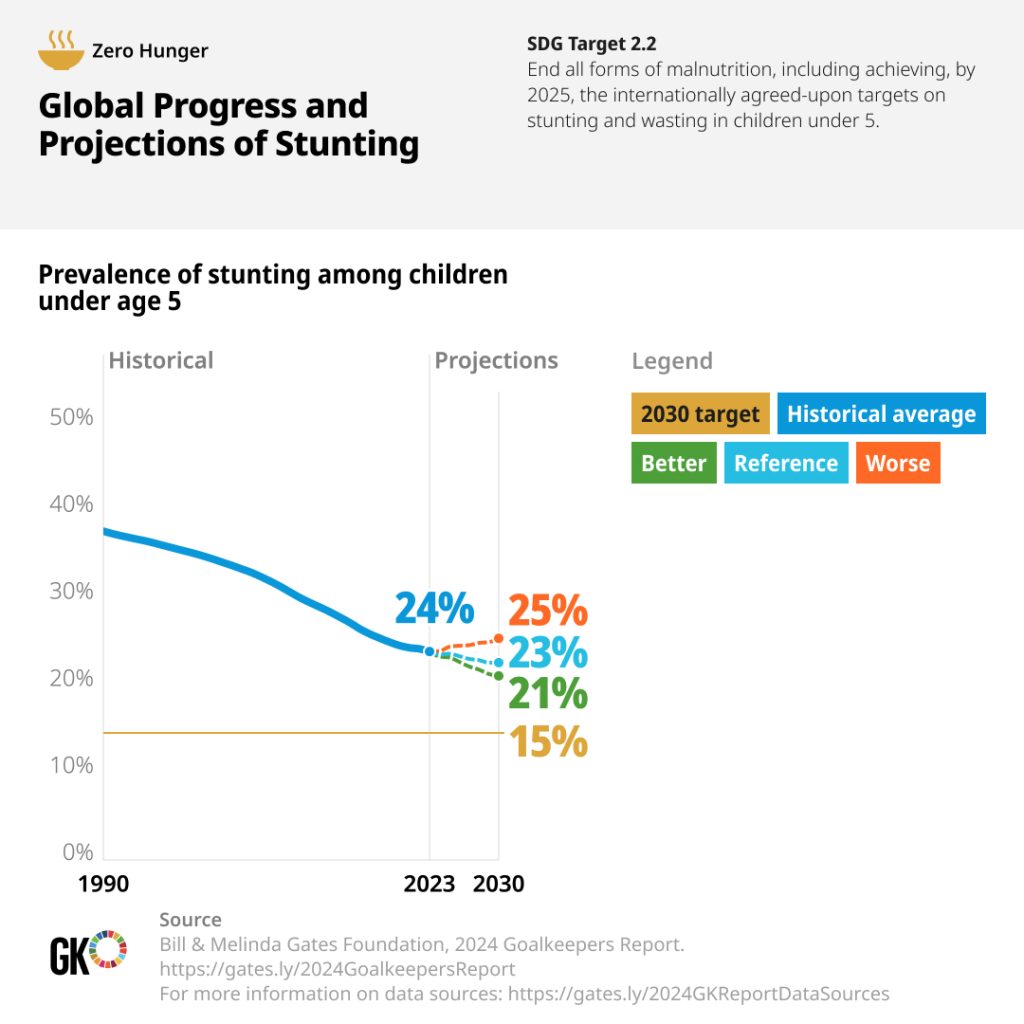
According to the Goalkeepers Report, more than 400 million children are not getting the nutrients they need with irreversible effects on the “development of the children’s bodies and brains”, besides studies showing that people who went hungry as kids earn 10% less over their lifetimes and are 33% less likely to escape poverty.
According to the report, it is estimated that every year, the cost of undernutrition is $3 trillion in productivity loss because malnutrition has stunted people’s physical and cognitive abilities. In low-income countries, that loss ranges from three to 16% (or more) of GDP.
The report highlights nutrition as a crisis that will slow down the attainment of the Sustainable Development Goals on child health, and Gates concludes that “If we solve malnutrition, we make it easier to solve every other problem. We solve extreme poverty. Vaccines are more effective. And deadly diseases like malaria and pneumonia become far less fatal.”
